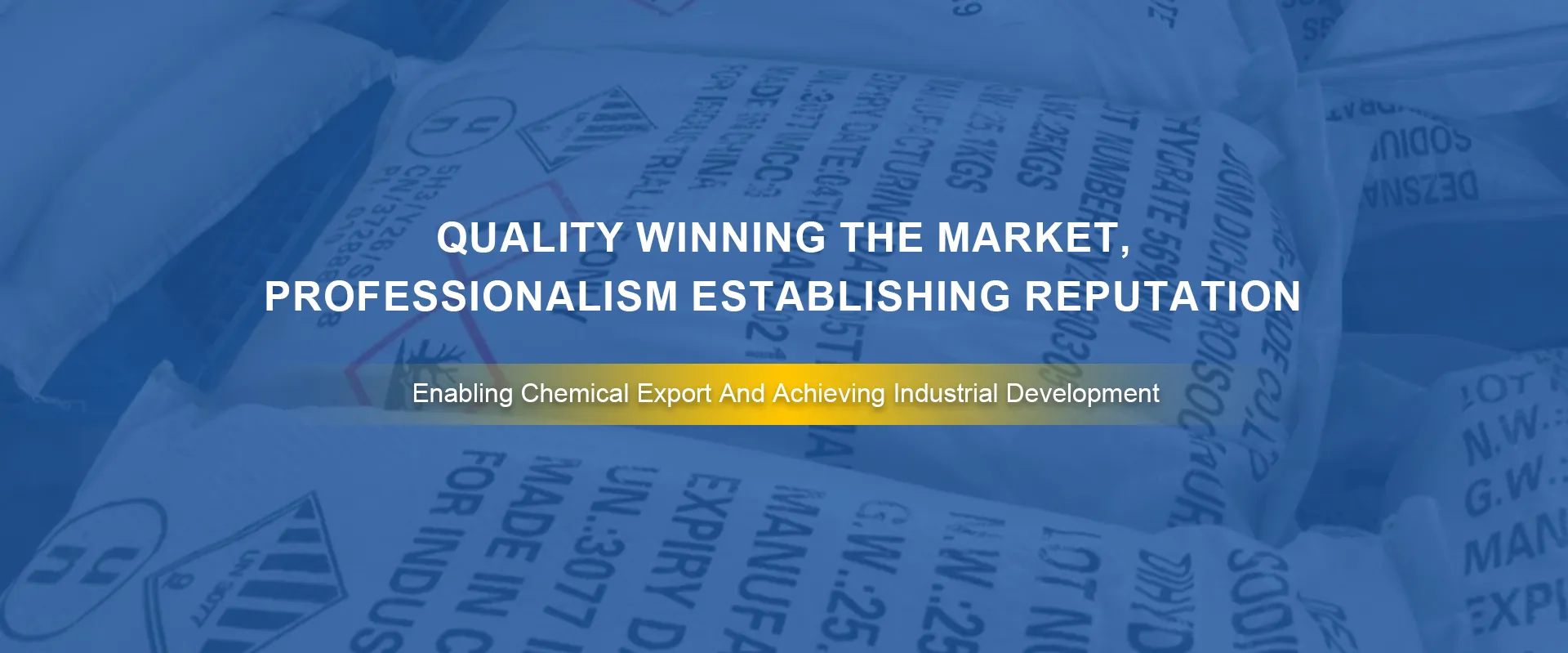
Exploring the Uses and Safety of E435 Food Additive in Processed Foods
Understanding E435 The Multifaceted Food Additive
E435, commonly known as polyoxyethylene (20) sorbitan monostearate, is a food additive that plays a crucial role in the food industry. As a member of the E-numbers system, which categorizes food additives across Europe, E435 is primarily used as an emulsifier. Its ability to blend oil and water seamlessly has made it a staple in various processed foods, offering numerous benefits not only to manufacturers but also to consumers.
What is E435?
E435 is derived from the esterification of sorbitol and stearic acid, followed by the addition of ethylene oxide. This complex process results in a compound that is both hydrophilic (water-attracting) and lipophilic (oil-attracting), allowing it to stabilize mixtures that typically would separate. The number 20 in its name refers to the average number of ethylene oxide units present in each molecule. This structural characteristic is vital because it informs its interactions with other ingredients in food formulations.
Uses of E435 in Food Products
E435 is predominantly used in the production of products such as margarine, salad dressings, sauces, and bakery items. Its primary function is to improve texture and consistency by preventing the separation of ingredients, thereby enhancing mouthfeel and palatability. In baked goods, for instance, E435 can help maintain moisture and tenderness, leading to a more enjoyable eating experience.
Additionally, E435 can be found in dairy products like ice cream and creamy desserts, where it helps stabilize emulsions and maintain creaminess. Its effectiveness in promoting uniformity in texture makes it an invaluable ingredient in the creation of aesthetically pleasing and flavorful products.
e435 food additive

Safety and Regulatory Status
The use of E435 as a food additive is regulated by various food safety authorities worldwide. In the European Union, E435 is considered safe for consumption within established limits, which are determined through rigorous scientific assessments. The European Food Safety Authority (EFSA) has evaluated the safety of E435 and concluded that it does not pose a risk to consumers when used appropriately.
Similarly, in the United States, the Food and Drug Administration (FDA) recognizes E435 as Generally Recognized as Safe (GRAS). This designation indicates that E435 is considered safe by qualified experts under the conditions of its intended use. However, as with any food additive, moderation is key, and consumers are encouraged to maintain a balanced diet.
Potential Concerns and Considerations
While E435 is widely regarded as safe, some individuals may have sensitivities to additives in general. It is essential for consumers to read food labels carefully, especially those with allergies or specific dietary preferences. Furthermore, the rise of clean label movements, where consumers favor minimally processed ingredients, has led manufacturers to seek alternatives to synthetic additives like E435. This trend is shifting the landscape of food production, with an increasing focus on natural emulsifiers derived from plant sources.
Conclusion
E435 is a versatile and essential food additive that enhances the quality and functionality of numerous processed foods. Its emulsifying properties ensure that products maintain their desired textures and flavors, benefiting both manufacturers and consumers. As with any additive, staying informed about its use and potential implications for health is crucial. As the food industry continues to evolve toward more natural and minimally processed options, the balance between functionality and consumer preferences will undoubtedly shape the future of food additives like E435.
-
Why Glacial Acetic Acid Food Grade Is Essential in FlavorNewsMay.26,2025
-
Surging Export Growth of Food Additives in ChinaNewsMay.26,2025
-
How Ammonium Nitrate Fertilizer Boosts Crop YieldsNewsMay.26,2025
-
How 1,2,3-Benzotriazole Shields Plastics from UV DegradationNewsMay.26,2025
-
Cyanide in Gold Mining: Protecting People and the PlanetNewsMay.26,2025
-
Aluminum Hydroxide in Modern Sunscreen FormulationsNewsMay.26,2025
-
Understanding Synthetic Rubber OptionsNewsApr.27,2025
Hebei Tenger Chemical Technology Co., Ltd. focuses on the chemical industry and is committed to the export service of chemical raw materials.
-

view more DiethanolisopropanolamineIn the ever-growing field of chemical solutions, diethanolisopropanolamine (DEIPA) stands out as a versatile and important compound. Due to its unique chemical structure and properties, DEIPA is of interest to various industries including construction, personal care, and agriculture. -

view more TriisopropanolamineTriisopropanolamine (TIPA) alkanol amine substance, is a kind of alcohol amine compound with amino and alcohol hydroxyl, and because of its molecules contains both amino and hydroxyl. -

view more Tetramethyl Thiuram DisulfideTetramethyl thiuram disulfide, also known as TMTD, is a white to light-yellow powder with a distinct sulfur-like odor. It is soluble in organic solvents such as benzene, acetone, and ethyl acetate, making it highly versatile for use in different formulations. TMTD is known for its excellent vulcanization acceleration properties, which makes it a key ingredient in the production of rubber products. Additionally, it acts as an effective fungicide and bactericide, making it valuable in agricultural applications. Its high purity and stability ensure consistent performance, making it a preferred choice for manufacturers across various industries.











